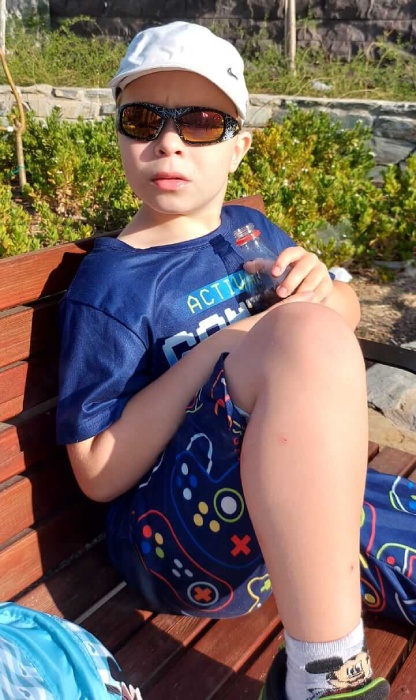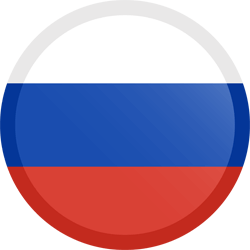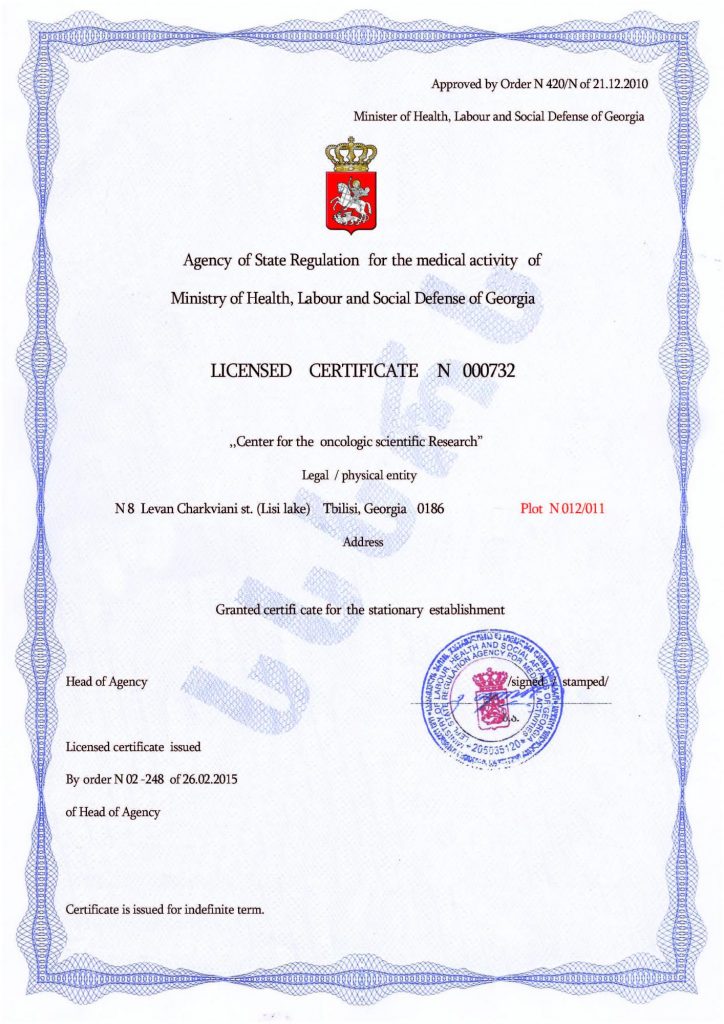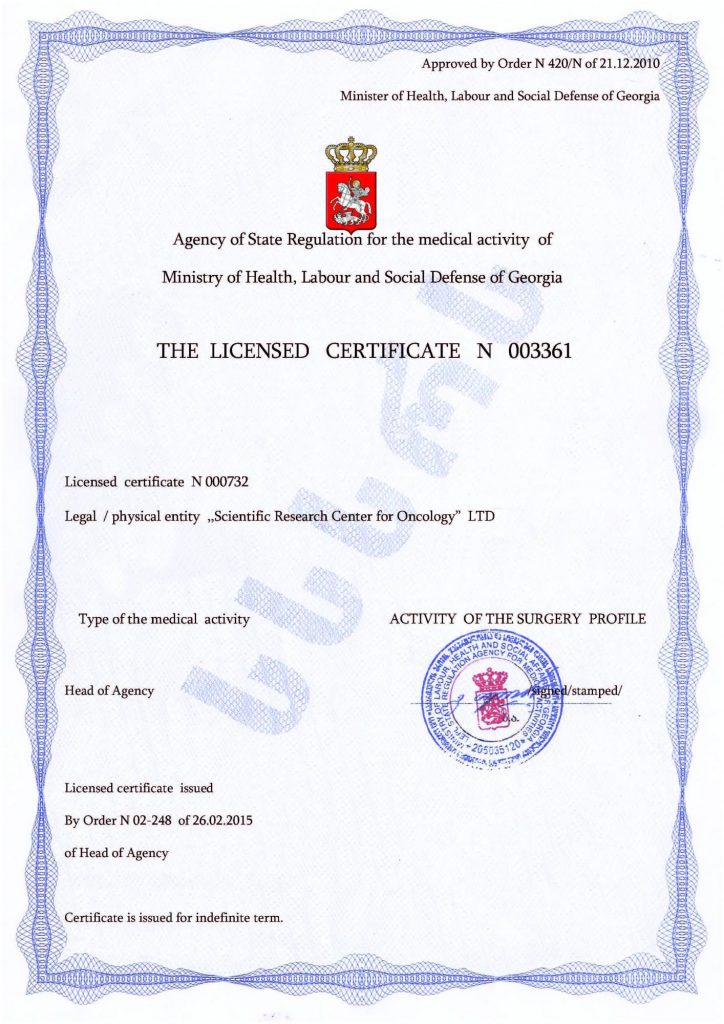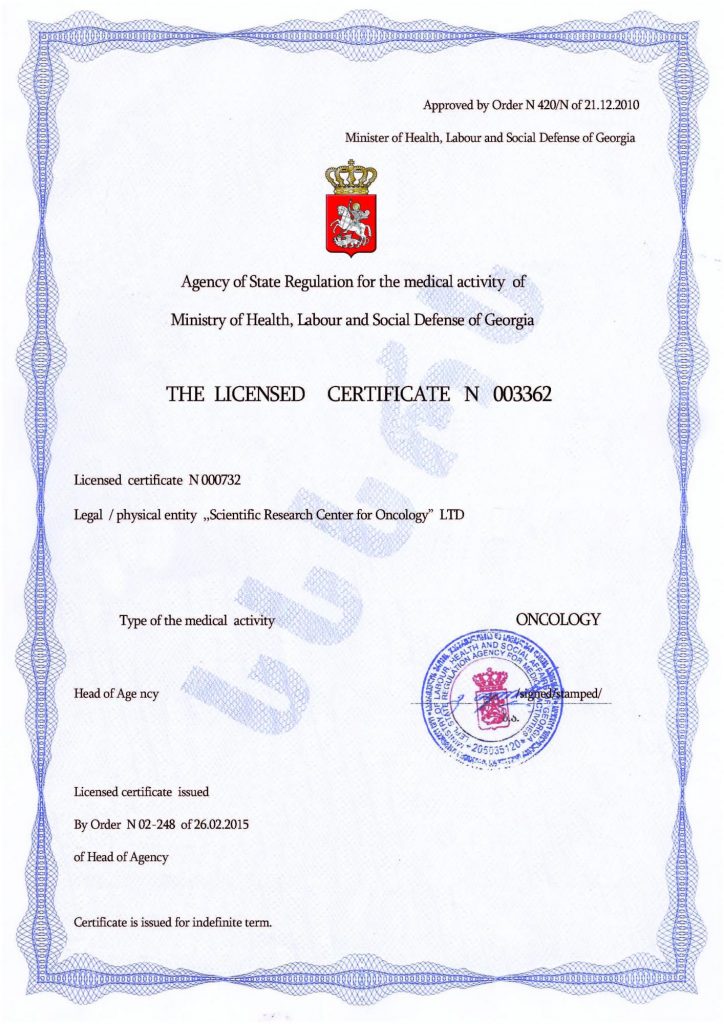An Autistic Child Left Unsupervised: Adapting to Independence
Many children can demonstrate strong focus during a task, but once it ends, they often become bored. That’s why it’s important to teach a child organization and structure, which reduces the need for constant parental supervision.
When a child is left to their own devices, their activities should always be purposeful. They must not only be safe and non-destructive, but also support the child’s development. A structured approach helps achieve this.
This is where a visual-interactive schedule comes in—a system that includes three essential components:
- Visual: The child is shown a picture of the task (e.g., a swing) before doing it.
- Interactive: After completing the task, the child places the picture in a box labeled “Done” or “Completed.”
- Schedule: The images are presented in a specific order, teaching the child that several tasks are planned, creating a sense of predictability.
There are important visual details to consider. The picture should only show the object itself (like a swing or trampoline), without people or background distractions, which might divert the child’s attention.
The pictures are used step-by-step. For instance, after being shown an image of a swing, the child is taken to it. Once finished, they return, place the picture in the “Done” box, and move on to the next task. This routine, repeated daily, gives the child a sense of structure and continuity, helping reduce anxiety. The act of moving the picture reinforces the idea that the activity is complete.
At first, start with a small number of tasks, gradually increasing both the number and duration. Activities should happen at the same time each day, supporting memory and routine. Begin with enjoyable tasks like puzzles, and only later introduce less preferred activities like tidying up—if age-appropriate. Enjoyable tasks can be longer, while disliked tasks should be shorter but still included.
This approach not only teaches independence, but also the idea that life includes responsibilities, not just fun. It can also help resolve behavioral issues, which often arise from unpredictability or sudden changes. For an autistic child, clarity, structure, and routine are essential.
This strategy can be more effective than a simple picture-based schedule and can make everyday life much easier for parents. However, in some cases, the need for such routines may lessen if the underlying cause of behavioral challenges is addressed medically—through cell therapy.
Stem cell therapy is currently one of the most advanced, natural, and safe methods for autism treatment. It works by activating the body’s own healing resources. The stem cells—basic building blocks of the body—can transform into other types of cells. Once transplanted, they replace damaged brain and nerve cells, supporting more normal function and boosting the success of other interventions.
What was once considered experimental is now widely recognized. Stem cell therapy is used by leading clinics around the world, including the Mardaleishvili Medical Center. Their team includes highly experienced doctors, and they use cutting-edge equipment. The care provided meets international standards while remaining more affordable than in many other countries. They also assist with planning the trip, organizing accommodation, and providing support during the rehabilitation process.
Cell therapy offers a real path to behavioral improvement by addressing the root causes of autism—not just the symptoms.
Autism Treatment Center Videos
Autism treatment with own stem cells
Cord blood association congress
International Quality Crown
Autism Treatment Reviews
Autism treatment with own stem cells
The story of Alessandro (6 years old)
Autism Patient Testimonial - Stem Cell Treatment
Clients Testimonials

Anna – Sasha’s mother Read More
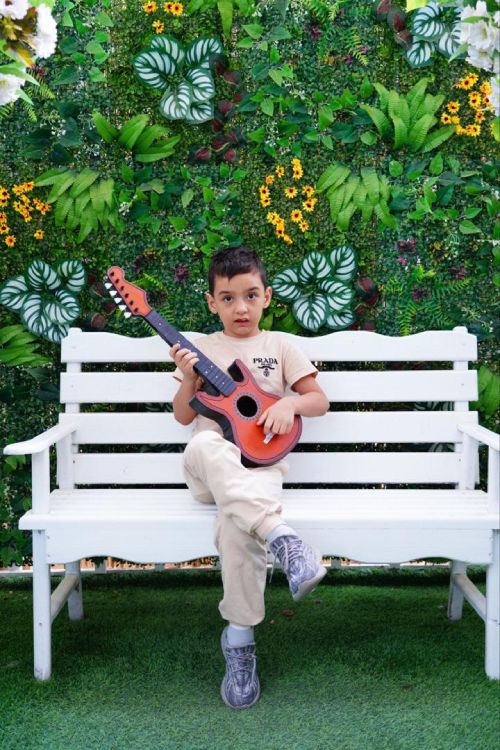
Amirkhon’s father — Tokhir Read More
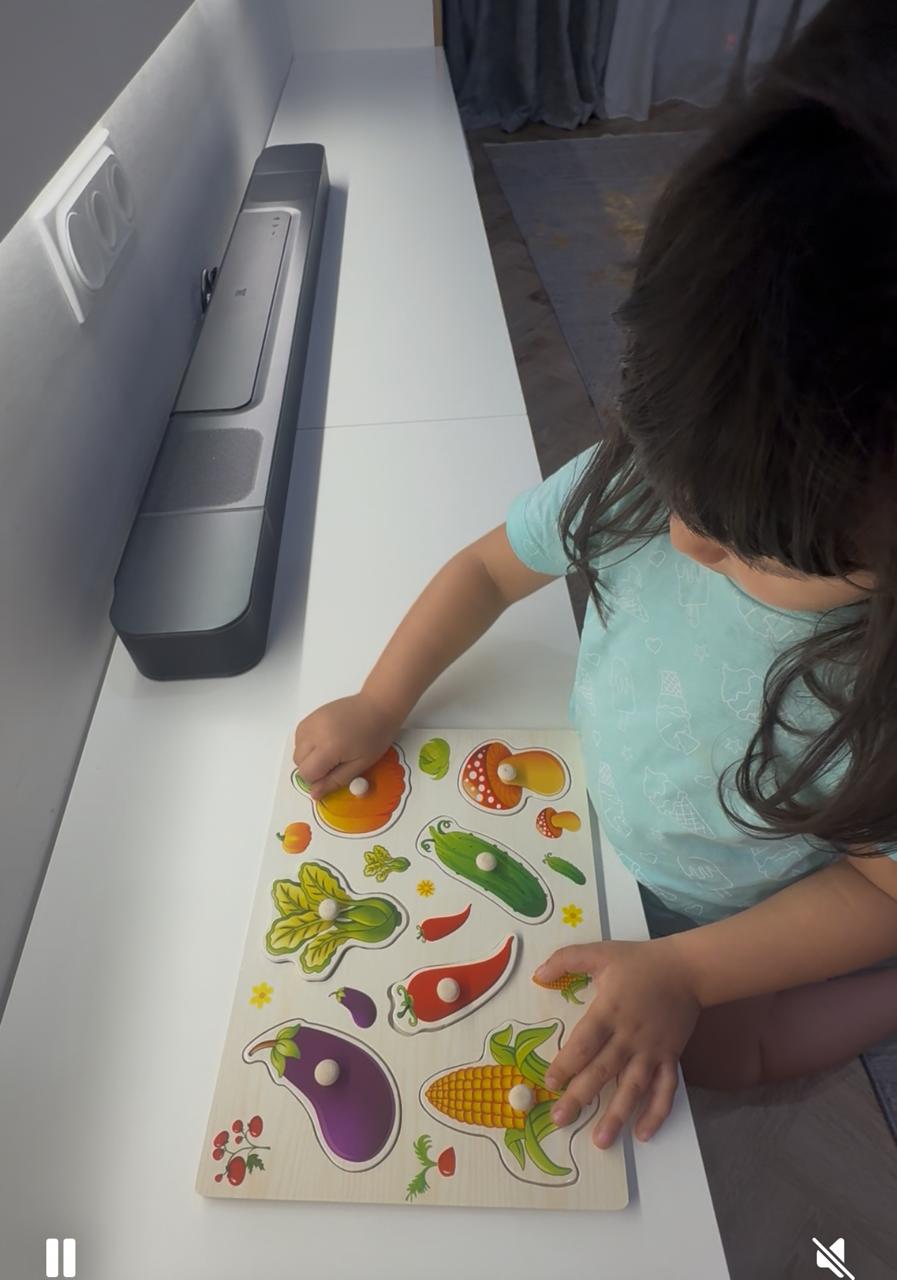
Dilana’s mother Read More
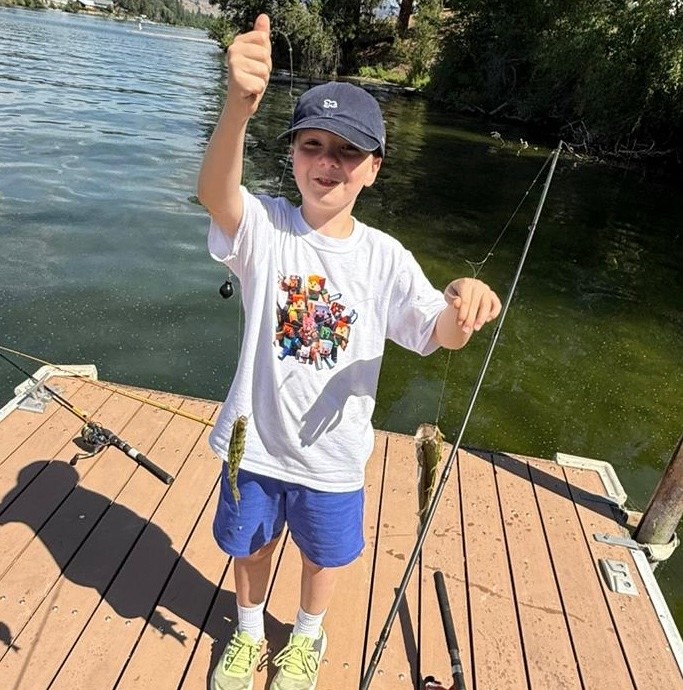
Irina and Stefan – Ilya’s parents Read More
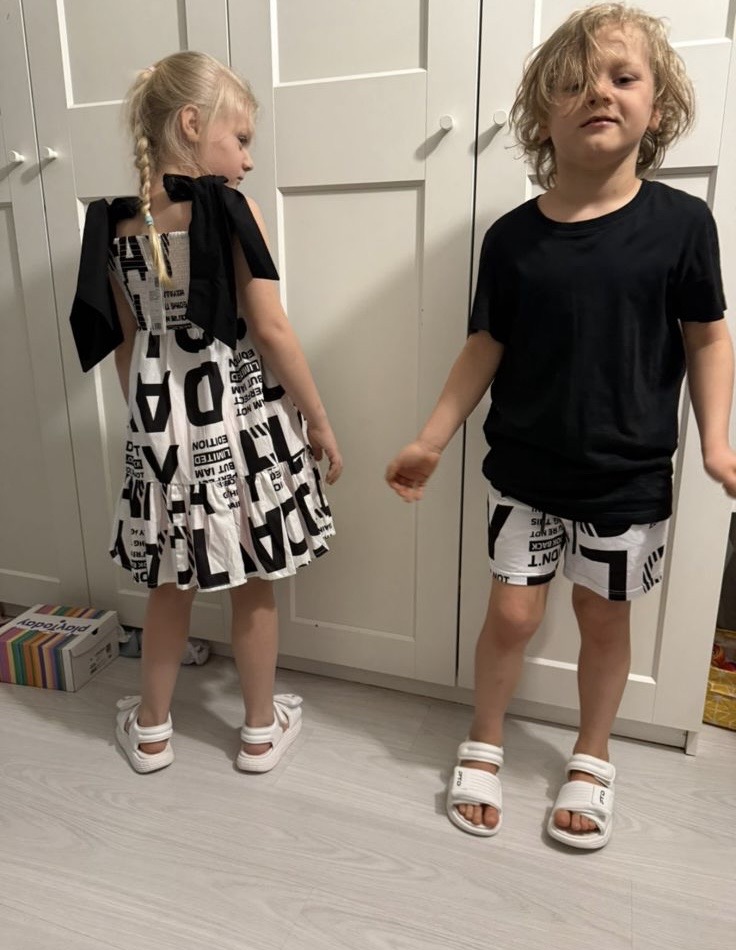
Kristina – mother of Nelly and Nik Read More
